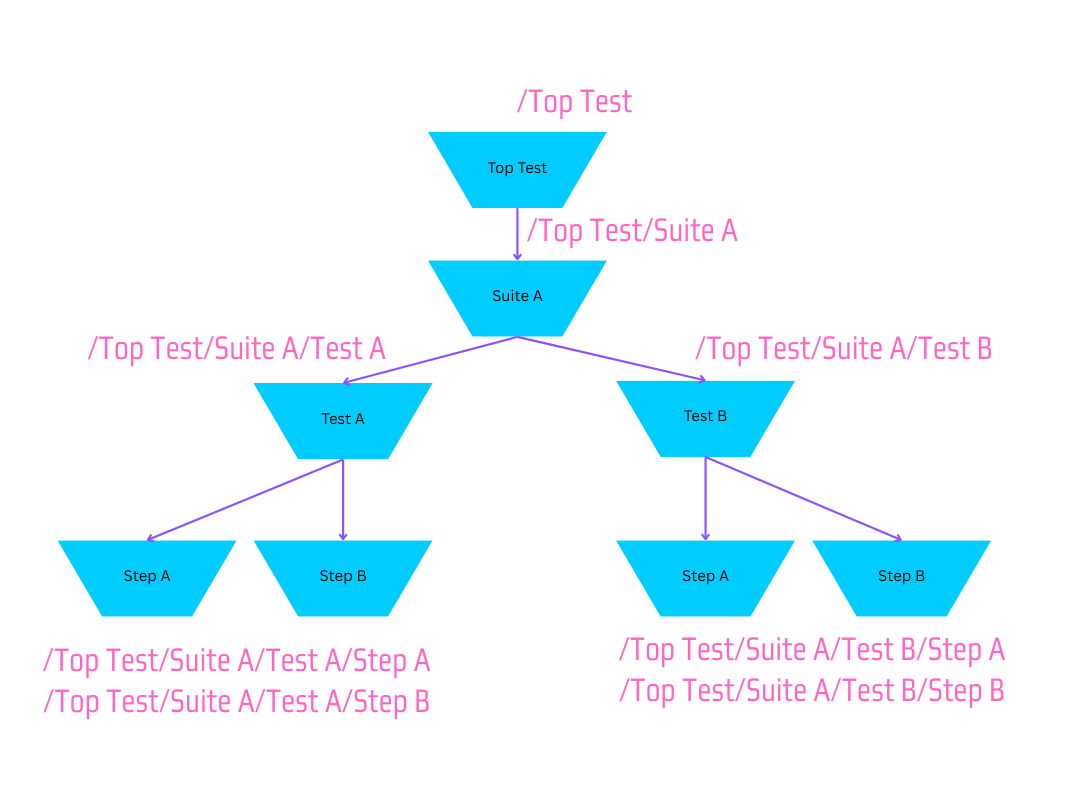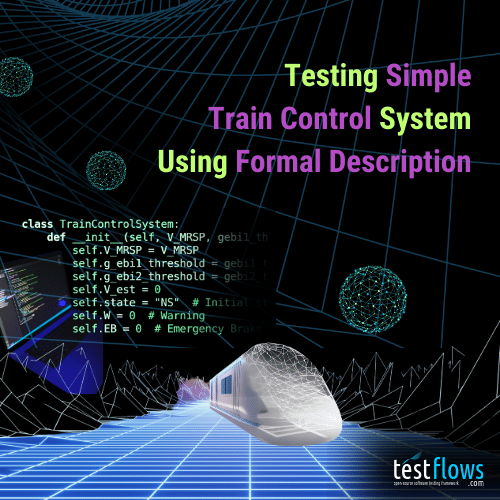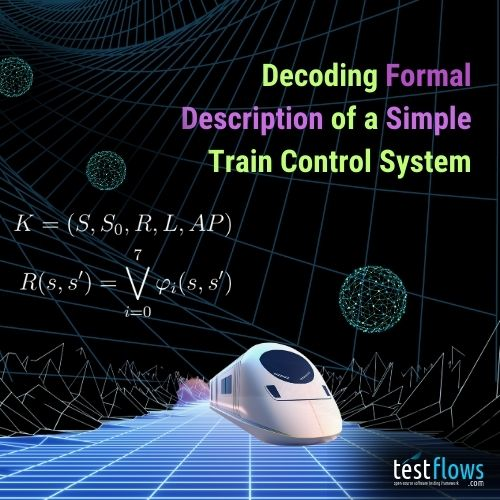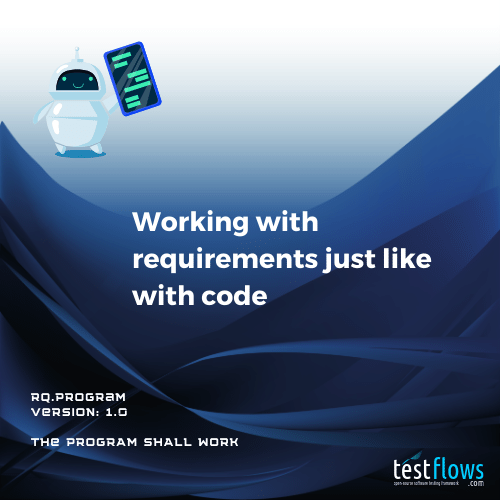Have you ever found yourself fighting your test framework? Wasting hours searching for the right plugin just to run a test conditionally or in a dynamic loop? If so, you’re not alone. The problem might not be your tests, but the dominant “runner mentality” that governs them. For years, the software testing landscape has relied on this model. We diligently write tests as passive objects, only to hand them over to a separate runner that dictates their execution. This approach, popularized by frameworks like Pytest, and many others, certainly has its merits. Runners offer convention over configuration, and features like auto-discovery make it incredibly easy for beginners to get started. They provide a standardized way to execute tests, which is valuable. However, this convenience comes at a cost.
The separation of what to run (the tests) from how it runs (the flow) creates a fundamental disconnect, leading to awkward workarounds and limitations.
This article explores a more powerful alternative: writing test programs instead of just tests. We’ll show how unifying tests and control flow empowers you with complete programmatic control, turning your testing from a constrained activity into a creative one.
The pain of the runner-centric world
The core design choice of separating the test from the runner leads to real-world pain. The moment you need dynamic control, you hit a wall. Have you ever tried to:
- Conditionally run a test based on the result of another? You likely had to find, install, and learn a special dependency plugin.
- Loop a test with parameters generated at runtime? This often requires contorting your code to fit a rigid parameterization scheme that wasn’t designed for dynamic inputs.
These are not edge cases. The need for plugins to handle such basic control flow is a clear sign that the model is flawed. Plugins are a patch, an attempt to bridge the disconnect between the tests and the runner’s limited vocabulary.
Let’s consider a concrete example using Pytest. To create a dependency between two tests and run one repeatedly, you need two separate plugins: pytest-dependency and pytest-repeat.
1 | import pytest |
This works for a static number of repetitions. But what if the repeat count is dynamic—calculated moments before the test runs? The plugin breaks. You’re stuck again, fighting your framework instead of writing tests.
The alternative: embracing test programs
The alternative is to eliminate the runner and, instead, write a test program. In this everything-is-code paradigm, your tests are simply functions, and the control flow is explicitly defined using the full power of your programming language.
Let’s rewrite the previous example using  , where the framework is just a library, not a runner.
, where the framework is just a library, not a runner.
1 | from testflows.core import * |
This might look like more code upfront, but this explicitness is a feature. It completely eliminates the “hidden work” of finding, learning, and maintaining a fragile ecosystem of plugins. The dependency is a simple if statement. The repetition is a standard for loop. It’s not a new DSL; it’s just Python.
And how do you run it? You execute the file directly.
1 | python3 ./test-program.py |
The lack of auto-discovery is also a feature, not a bug. It forces explicit composition, which means the execution flow is always clear, predictable, and defined by you—not by some runner’s discovery process.
1 | $ python3 test_program.py |
Test program tree
Test program code naturally forms a program tree—just like any other program. A critic might argue, “Of course a program has a call stack—that’s obvious,” and they’re right. The real magic isn’t the tree itself—it’s that you have explicit control over building it.
For example, consider this simple test program:
1 | from testflows.core import * |
When executed, will form this tree structure.

This structure isn’t discovered by magic—it’s directed by your test program code.
Also, note how everything is a test. The flow of the program is described only by the executed tests, and each test defines its own flow. There is no special distinction between test types—everything is uniform and logical.
The scenarios
Test AandTest Beach define their flow as two inline test steps:Step AandStep B.The suite
Suite Adefines its flow as running theTest AandTest Bscenarios.The module
Top Test, which is the top-level test of the program, defines its flow as running the inline suiteSuite A.
The test program begins with the top-level test and proceeds by executing nested tests.
Just like the famous saying goes: “it’s turtles all the way down”—only here, it’s tests.
That consistency, where every test defines its flow in the same way, has a kind of mathematical beauty—like a recursive definition, where the whole is built from smaller parts that mirror the same structure. No runner is needed—and if you add one, you break that consistency, and there’s no way back.
The power of explicit control
When you are the captain, you have the full power of a programming language at your fingertips. Complex testing logic becomes trivial.
Conditional Execution: Need to run one test only if another test failed? That’s an if statement.
1
2
3with Module("Test program"):
if Scenario(run=testA) != OK:
Scenario(run=testB) # Conditional executionRunning Until Pass: Need to retry a flaky test until it succeeds? A while loop is your friend.
1
2
3with Module("Test program"):
while Scenario(run=flaky_test) != OK:
continue # Retry until it passesParallel Execution: Running tests in parallel is no longer a complex configuration file. It’s an argument in a function call.
1
2
3
4
5
6with Module("Test program"):
# Run testA and testB in parallel
Scenario(run=testA, parallel=True)
Scenario(run=testB, parallel=True)
join() # Wait for both to finish
Scenario(run=testC)
Everything is reusable and composable
One of the most powerful ideas behind test programs is that everything can be defined once, reused anywhere, and composed into larger flows.
When reusability isn’t needed, you can define everything inline. In practice, mixing both styles is not only possible but often beneficial for improving test code readability.
For reusability:
- A suite can be defined with the @TestSuite decorator.
- A scenario can be defined with the @TestScenario decorator.
- A step can be defined with the @TestStep decorator.
This makes tests uniform, consistent, and naturally composable. Suites can call scenarios, scenarios can call steps, and steps themselves can wrap other steps.
For example, we can define reusable steps:
1 |
|
Next, define a reusable scenario that uses these steps:
1 |
|
The wrapping inline steps are optional, but they make the scenario’s procedure much more readable. Readability comes from the way reusable pieces are named and composed inline.
We can do the same for a reusable suite:
1 |
|
A full test program looks like this:
1 | from testflows.core import * |
Which produces the following output:
1 | $ python3 test_program.py |
If we change the output format to short with the -o short option:
1 | $ python3 test_program.py -o short |
The short output may now start to look like a Gherkin specification. The difference is that here it’s output, not input. You don’t lose control, and you stay entirely within Python—while making both your test code and test output readable and maintainable. That balance becomes essential as your testing grows to hundreds or thousands of cases.
From simple to advanced with ease
Because your tests are just code, scaling from simple to advanced techniques is simply a matter of applying different coding patterns. Dynamic test generation—often a nightmare elsewhere—becomes as simple as writing a nested for loop.
Here’s an example from Combinatorial Testing: The Introduction:
1 |
|
This same approach unlocks truly advanced strategies like property-based testing and model-based testing, as introduced in Combinatorial Testing: Writing Behavior Model. It can also extend to working with formal system descriptions, as in Testing Simple Train Control System Using Its Formal Description, and even fuzzing—all using test programs.
In the end, it’s just code.
Understanding some of the trade-offs
Like any architectural choice, writing test programs comes with trade-offs. The paradigm gives you explicit control, but that power comes with responsibility.
Conventions vs. ownership – Runners provide auto-discovery and naming rules for free. Test programs put you in charge of defining and maintaining them.
Guardrails vs. freedom – Without restrictions, test code can be elegant or messy. Discipline shifts from the framework to your team’s practices.
Tooling convenience – IDE buttons, discovery panels, and green checkmarks don’t come automatically. Replicating them takes extra effort.
Learning curve and perception – New contributors must learn your flow, and some teams may see programmatic tests as unconventional.
At the same time, for teams moving into advanced testing techniques—like autonomous testing with property-based or behavior models—test programs open the freedom to explore approaches that would be difficult or impossible under a runner’s constraints.
In short, you trade the convenience of implicit frameworks for the explicit power of code. For teams hitting the ceiling of what their runner can do, that trade can be liberating and sometimes unavoidable.
Get started
If this idea of freedom and control resonates with you, I encourage you to explore it further.
 is an open-source project that embodies these principles. You can get started with a simple:
is an open-source project that embodies these principles. You can get started with a simple:
1 | pip3 install testflows |
Try the “Hello World” example.
1 | from testflows.core import * |
For more information, read the Handbook or explore and contribute on GitHub. And remember: no runner required—it’s just Python.


















